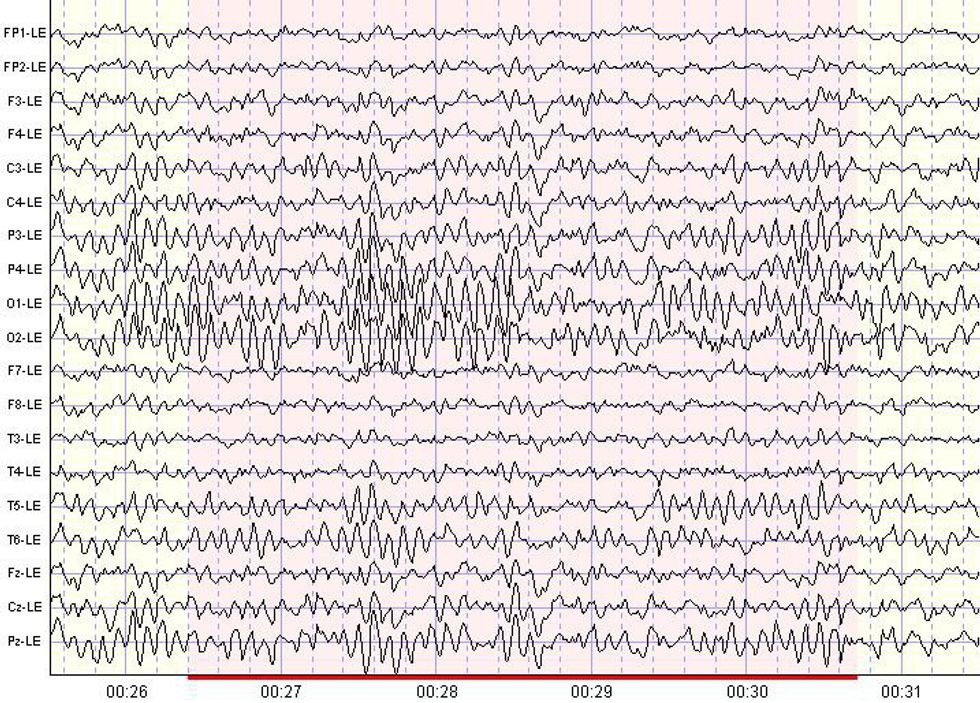Epilepsy( pronounced Ep pul lep see) impacts 1 in every 26 people in the US. Watching someone have a seizure is scary and sometimes you cannot tell if they are having one. A lot of people do not understand epilepsy or are afraid to ask questions about epilepsy its self or about seizures. Epilepsy and seizures are different.
Epilepsy is a condition where a person has had two or more seizures which have not been provoked by certain events such as infection, fever or a chemical change. A seizure occurs when a normal pattern of electrical charges is interrupted by sudden bursts of electrical energy. These may cause strange sensations. behavior, muscle spasms and loss of consciousness.
Do we know what causes epilepsy?
In about two-thirds of the cases, the cause is unknown. However, we do know that it may develop due to a difference in brain wiring, neurotransmitters or trauma. In addition, some diseases can also cause epilepsy.
What are the different types of seizures and what are the differences between them?
There are about 20 different types of seizures and 40 types of epilepsy. However, I will discuss 2 of the most common.
Generalized Tonic Clonic Seizure (also known as a grand mal)- During thistype of seizure, the person falls to the nearest chair, couch or sometimes to the ground. There may be shallow breathing, pale skin, and loss of bladder control. These generally last a few minutes.
Absence seizures- These are the most common and happen often in children. These are often hard to detect because they look like a blank stare and only last for a few seconds. During this type a seizure a person feels like their body is floating in outer space. They stop blinking but may do repetitive motions. You forget where you are, who you are with and what you are doing. The person will not remember what happened during the seizure.
What can trigger seizures?
Lack of Sleep
Alcohol
Stress
Lights( such as strobe lights, or even camera flashes)
What to do if you think someone is having a seizure?
Make them as comfortable as possible
Remove any kind of sharp objects
Call for help if the seizure lasts more than 5 minutes
Stay with the person until the seizure is over!
How is it diagnosed?
Pictured above: An example of what an EEG might look like
There are several tests that people must go through in order to be diagnosed with epilepsy. Multiple tests must be done because there is not enough evidence from one test.
Electroencephalography (EEG) A test when wires are attached to your scalp and skull to detect and record brain activity. It can show whether certain types of waves appear when a person has a seizure.
Magnetic Resonance Imaging(MRI)- A test that looks at the structure of the brain which can help determine what kind of seizure the person had. It can also help locate any kind of tumors
CT Scan
Are there any cures?
Not exactly. There are medications that can prevent seizures from happening. It really all depends on the type of epilepsy a person has. Approximately 25 percent of them can be fully controlled with medication, 50 percent can be partially controlled and 25 percent are uncontrollable.
How can I help a person living with epilepsy?
One of the most important things that you can do for a person with epilepsy is show them support. When you are going out with them, make sure that you ask them occasionally if they feel okay. They need to have friends who they can trust. Know that if an epileptic person says they trust you, that they will put their heart and soul into your friendship/relationship. Having friends that they can trust gives them both mental and emotional strength.
Sources and for more information:
http://www.healthline.com/health/epilepsy/facts-st...






















